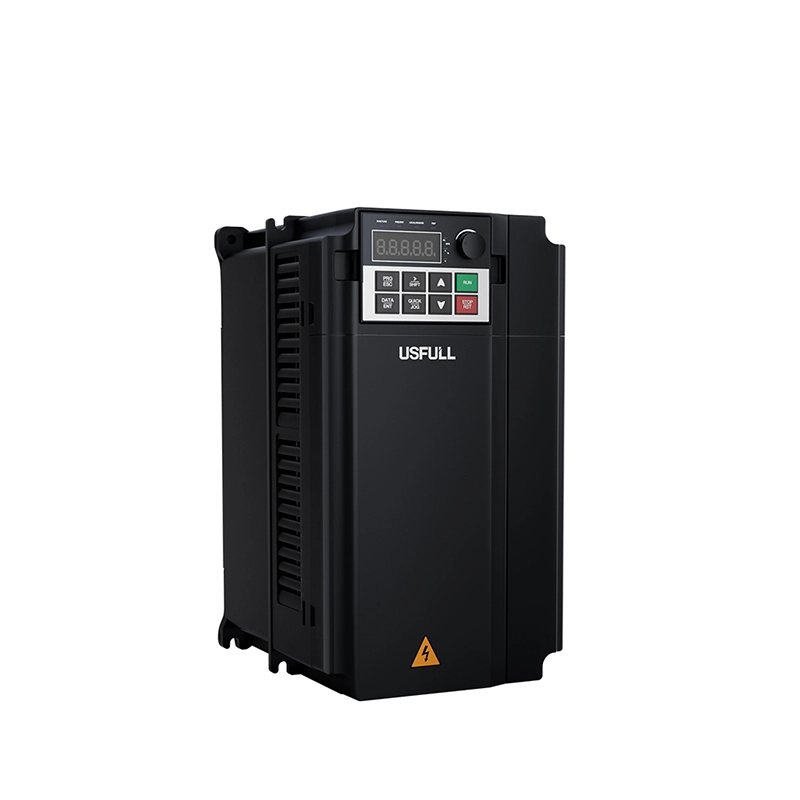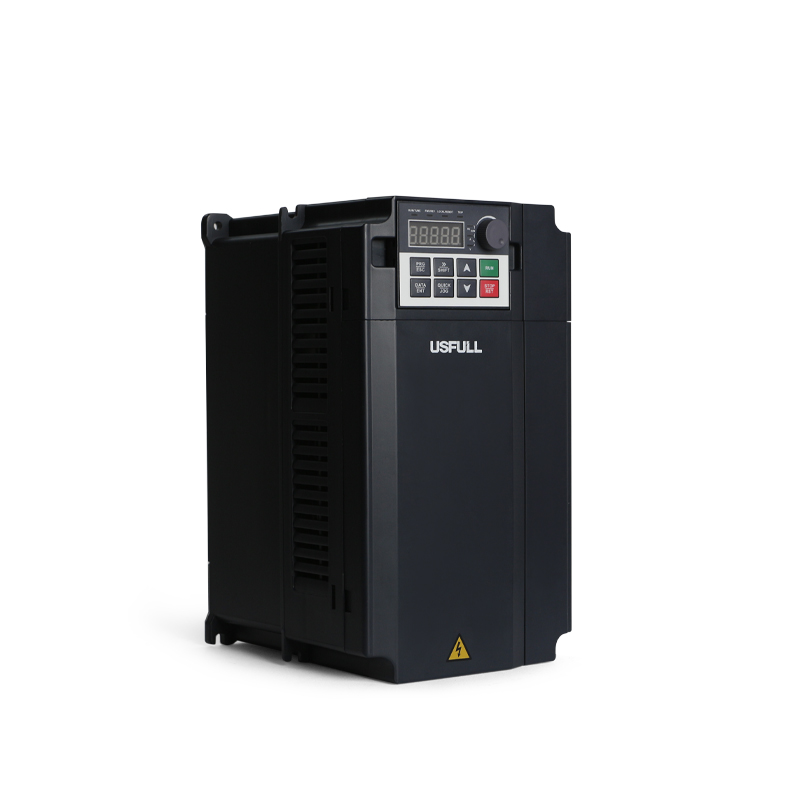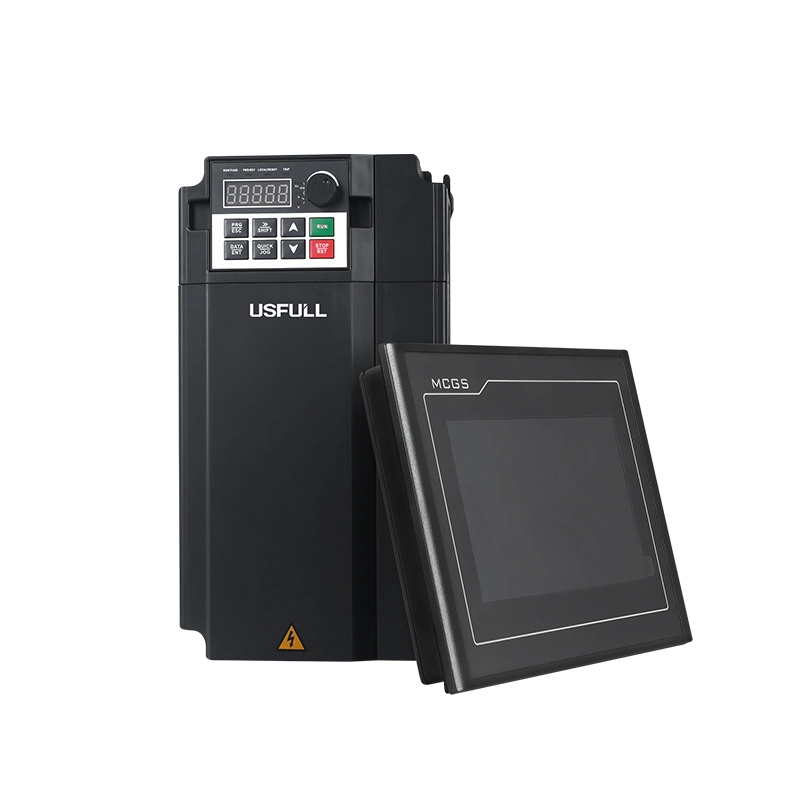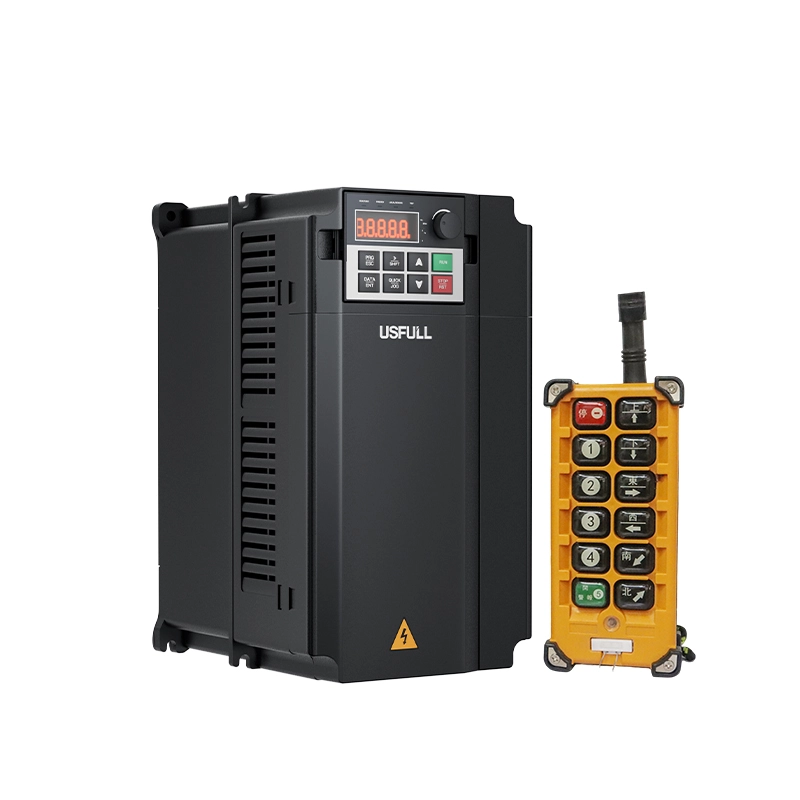In an induction motor, there are different types of power losses. No doubt, you can’t achieve 100% output. At least, you can reduce the energy wastage to a minimal level with effective measures. There are different techniques to minimize power losses. Variable frequency drives are some of those tools that help increase efficiency.
Do you have the electrical activity at a larger scale? If yes, you must reduce the power consumption. That’s the right time to know more about variable frequency drives.
Chapter 1: Basic Aspects of Variable Frequency Drive
What is a variable frequency drive?
A variable frequency drive or VFD is an electrical tool that controls an AC induction motor through frequency and voltage changes. It regulates the torque, speed, and direction of the motor to the desired level of speed.
You know, what is great about it? It can control the speed in both aspects — acceleration and deceleration. Moreover, a single motor is sufficient enough to handle multiple processes.
There are some other names of this device also, such as:
- AC drive
- Variable frequency inverter
- Variable frequency converter
- Microdrive
- Variable speed drive
- Adjustable frequency drive
VFD provides the flexibility to alternate the speed of your motor at the given time.
How does it work?
The working mechanism of VFD is quite simple. A short direction is here. It converts the AC into DC and then back to AC. However, here is how exactly it works.
- The variable frequency drive passes the AC voltage and frequency into the rectifier bridge.
- The bridge ultimately converts it into the DC.
Since the primary purpose is to feed the AC voltage into the system and change it at the desired level, here is a precise mechanism.
- Capacitor banks and inductors filter the given DC.
- Then, the DC is converted to AC voltage and sent back to the motor at the desired frequency levels.
That’s how a variable frequency drive operates the frequency and AC voltage of the motor.
What are the different working systems of VFD?
We can divide it into three basic systems to enhance your understanding.
- It has an AC motor system that is a three-phase or maybe single phase induction motor sometimes.
- Main drive controller system comprising rectifier bridge, DC filter system, and inverting parts.
- A control interface allows users to change the speed direction and start or stop the motor. Information like the drive health plays a significant role.
In many applications, you can find the use of variable frequency drives. Microprocessing technology has made them smaller and more accessible to accommodate into the system.
When do I need VFD?
The fundamental question is here to answer. People don’t even know when they need a variable frequency drive. Is the same happening with you? If yes, no worries at all. I will let you explore several reasons when you need VFD. Here are potential aspects.
- To reduce the mechanical and electrical stress in the system, you need VFD to adjust the motor speed and direction.
- When load’s power and torque change in a non-linear way, you need to prevent energy wastage. It is the right time to employ the VFD to minimize energy consumption and put it in the right place.
- Sometimes, you need to oversee the number of applications of AC motors. At that time, you might require to run the AC motor at the desired levels smoothly.
- In the manufacturing process, you need to turn on and off the AC motors at a time. Even sometimes, you need to change the speed. That’s when you get the idea of using the VFD to pull the strings of AC motors.
Remember, I am not restricting the use of VFD to the above purposes only. Instead, you can employ it for several other objectives. What matters is to direct the proper operation of the AC motor.
Chapter 2: Advantages of Variable Frequency Drive(VFD)
Are you still confused about why VFD can be your next electrical partner? No problem. Here are solid justifications for using the VFD.
It lets you hold a grip over your manufacturing process
AC motors are commonly used in manufacturing processes at bigger scales. Without the VFD, there is no flexibility in the system. It works at the maximum speed leading to almost zero control over the manufacturing process.
What if you need to limit the speed? Any solution to it? Yes, there is a variable frequency drive.
It lets you supervise the manufacturing process better by holding flexible limits of torque, voltage, and speed changes.
You can prevent excessive energy consumption in your system
Most electrical equipment is working on AC motors. There is one problem with it. With a maximum speed of the motor, you are wasting most of your energy. If you keep control of the motor, you can reduce the power to the required levels.
Have you ever wondered why waste power?
The load consumes around 75% to 80% of the energy in the electrical motor. Can you guess about 20 to 25% of other energy? Where does it go? Obviously, it dissipates in heat forms and gets wasted. By keeping speed and torque at the optimal required levels, you can minimize this energy loss effectively. That’s why more extensive electrical power networks have VFD devices to operate, control, and optimize the manufacturing processes.
Production increases to incredible levels
Production is a crucial goal of every company or enterprise. Low production means potential losses, either monetary or productively. So, to cope with things, there is a need to put the efforts at the optimal levels. For example, why waste resources when you can use them efficiently.
By monitoring the AC motor speed, you can enhance the motor’s efficiency. It leads to what? Obviously, to minimize the losses and increase the production. In this way, you will never lose potential revenues.
It promotes equipment life and reduces maintenance cost
You know, what is the main issue in the electrical system that affects your equipment life? It’s a power surge that suddenly puts a power load on your device, leading to a decreased efficiency. It usually happens when your AC motor is running at maximum speed.
Now, the question is— how to decrease the power surges due to AC motor?
The answer is simple. Keep the velocity of the AC motor in the required limit. The VFD device helps you to do this.
Chapter 4: Our VFD devices are the best!
USFULL has a complete solution for your electrical equipment and AC motors.
Our FU9000D VFD device comes up with the following fascinating benefits.
- Fully automatic. No extra setup is required to operate the device.
- It has many features such as energy-saving, control speed, protect motor, stable voltage, and transverse control.
- User friendly and easy to maintain
- Adjustable components to control the speed and torque.
Do we have only this? Not at all. You can find other relevant products such as mini frequency inverters, air compressor solutions, waterproof solutions, and control cabinets.




